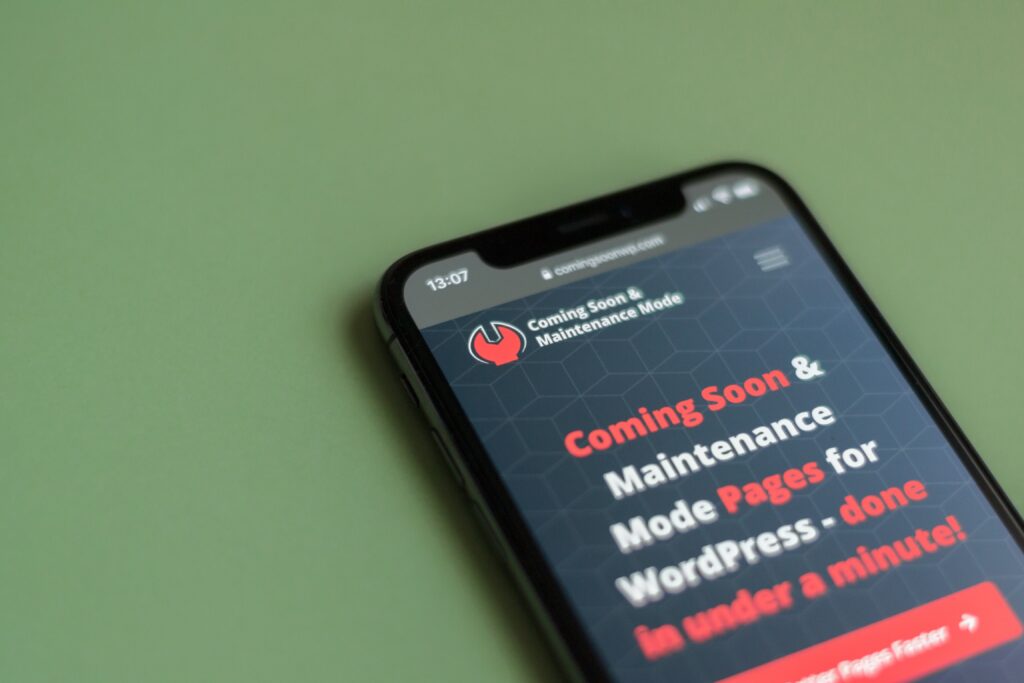The ubiquity of mobile devices in today’s world has transformed the way consumers connect, interact, and transact with businesses. Mobile marketing has emerged as an incredibly powerful tool for engaging and converting audiences in a fast-paced, on-the-go world. By understanding the unique opportunities of mobile channels and employing effective strategies, businesses can create meaningful connections with their audience, elevate user experiences, and maximize the potential of their marketing efforts.
In this comprehensive blog post, we’ll dive deep into the world of mobile marketing, exploring the importance of this channel in the increasingly connected digital landscape, understanding its various components, and learning effective strategies for driving engagement and conversion. We’ll shed light on how mobile marketing intersects with other aspects of digital marketing, such as social media marketing, content marketing, email marketing, reputation management, website design, development, and conversion rate optimization. Equip yourself with the insights and knowledge necessary to unleash the power of mobile marketing and grow your brand in this ever-evolving digital world.
1. Understanding the Mobile Marketing Landscape
To harness the power of mobile marketing effectively, it’s essential to understand the various components of the mobile landscape that can be leveraged for maximum impact. Here are some key elements of mobile marketing to consider:
– Mobile Websites: A mobile-optimized website is crucial to ensure a seamless browsing experience for users accessing your site on mobile devices. This includes responsive design, fast loading speeds, and easy navigation.
– Mobile Apps: Developing a mobile app can create an engaging channel for users to interact with your brand, offering streamlined functionality, personalized experiences, and enhanced loyalty programs.
– SMS and Push Notifications: Utilizing text messages and app-based push notifications, businesses can send targeted and timely messages directly to users’ mobile devices, driving engagement and conversions.
– Mobile Advertising: Mobile ads, such as in-app advertisements or sponsored social media content, can reach users on popular platforms, helping businesses create awareness and generate leads.
2. Developing an Effective Mobile Content Strategy
Creating a mobile-specific content strategy is key to engaging users on their preferred devices. Here are some tips for crafting a compelling mobile content strategy:
– Prioritize Brevity and Clarity: Given the smaller screen sizes of mobile devices, ensure your content is concise, well-structured, and easy to understand.
– Optimize for Mobile SEO: Enhance your content’s visibility on search engines with mobile-focused keyword research, and ensure your site is optimized for mobile indexing and ranking.
– Leverage Rich Media: Use mobile-friendly formats like video, interactive content, and bite-sized articles to keep users engaged and entertained.
– Focus on Local Optimization: For businesses with local elements, incorporate location-specific keywords and local business listings to capture the attention of nearby potential customers.
3. Personalizing Mobile Experiences for Individual Users
Personalization is an essential aspect of successful mobile marketing, as users increasingly expect tailored experiences that cater to their unique preferences. Here are some strategies for personalizing mobile experiences:
– Implement User Segmentation: Divide your audience based on demographics, behavior, and preferences to deliver targeted content and offers tailored to user groups.
– Utilize Machine Learning and AI: Leverage algorithms to analyze user preferences and behavior, offering individually personalized recommendations and experiences.
– Geolocation Targeting: Use location data to understand user likes, dislikes, and history, allowing for more personalized and relevant brand interactions.
– In-App Rewards and Loyalty Programs: Offer app users personalized incentives and rewards based on their behavior and preferences, fostering loyalty and encouraging repeat business.
4. Measuring Mobile Marketing Performance and Optimization
Tracking and measuring your mobile marketing performance is crucial for continuous improvement and optimization. Consider the following best practices for evaluating the success of your mobile marketing initiatives:
– Define Key Performance Indicators (KPIs): Determine specific KPIs relevant to your mobile marketing objectives, such as app downloads, conversion rates, or engagement metrics.
– Utilize Mobile Analytics Tools: Gain insights into user behavior and engagement with mobile analytics platforms, helping to identify trends and areas for improvement.
– Conduct A/B Testing: Regularly test different design elements, content, and offers to find the most effective approaches for your mobile marketing goals.
– Optimize Continuously: Use data and analytics insights to make informed adjustments to your mobile marketing strategy, continually optimizing for better results.
Conclusion
In today’s increasingly connected and mobile-focused world, harnessing the power of mobile marketing is crucial for engaging and converting your audience. By understanding the mobile marketing landscape, developing an effective mobile content strategy, personalizing experiences for users, and measuring performance for optimization, businesses can unlock the potential of mobile channels to drive growth and success.
Ready to unleash the power of mobile marketing to engage, convert, and grow your brand? Partner with Manic Social to experience top-of-the-line mobile marketing solutions and comprehensive digital marketing expertise, propelling your business to new heights. Contact our digital marketing agency in Florida today to explore how our strategies and solutions can elevate your mobile marketing efforts and ensure long-term success in the ever-evolving digital landscape.



